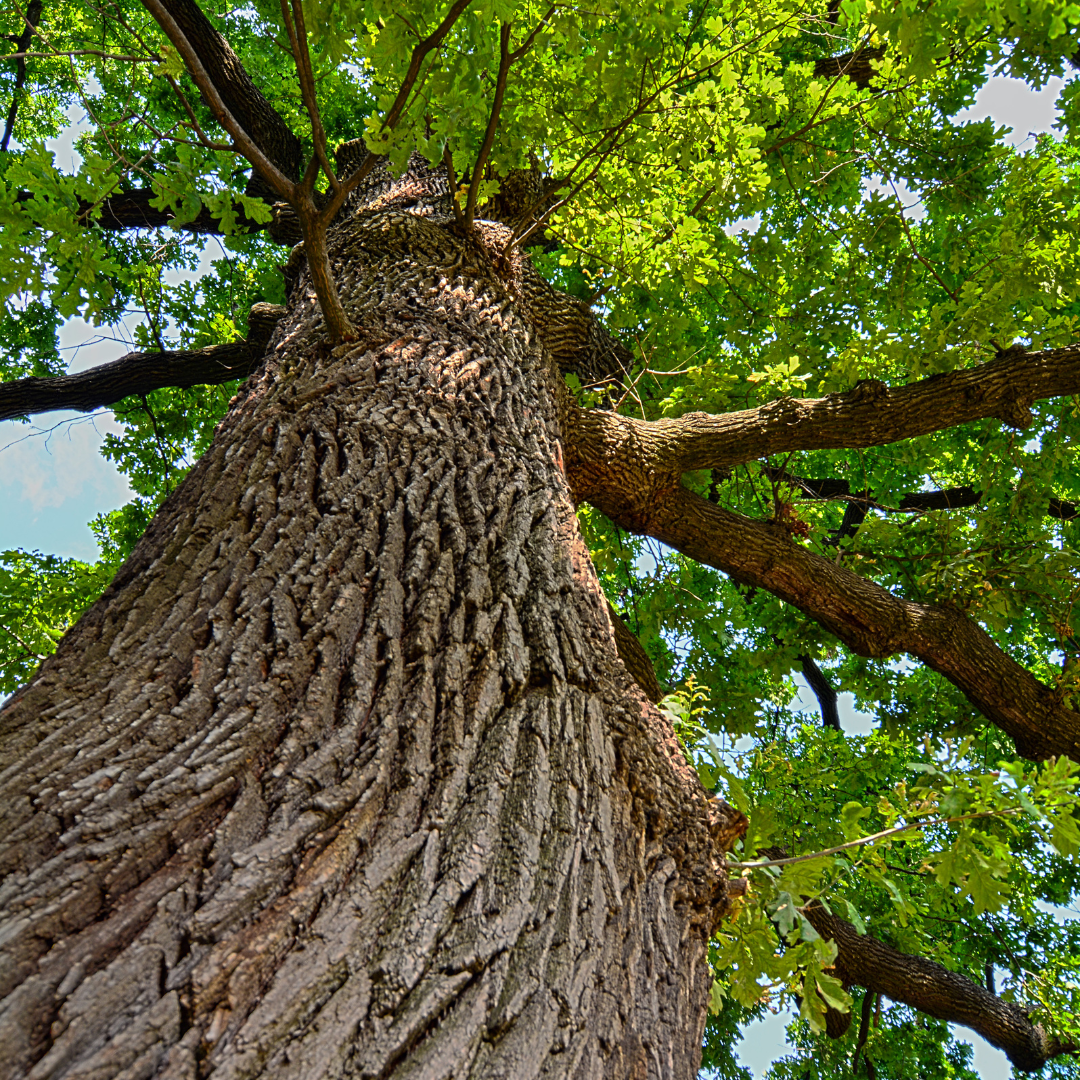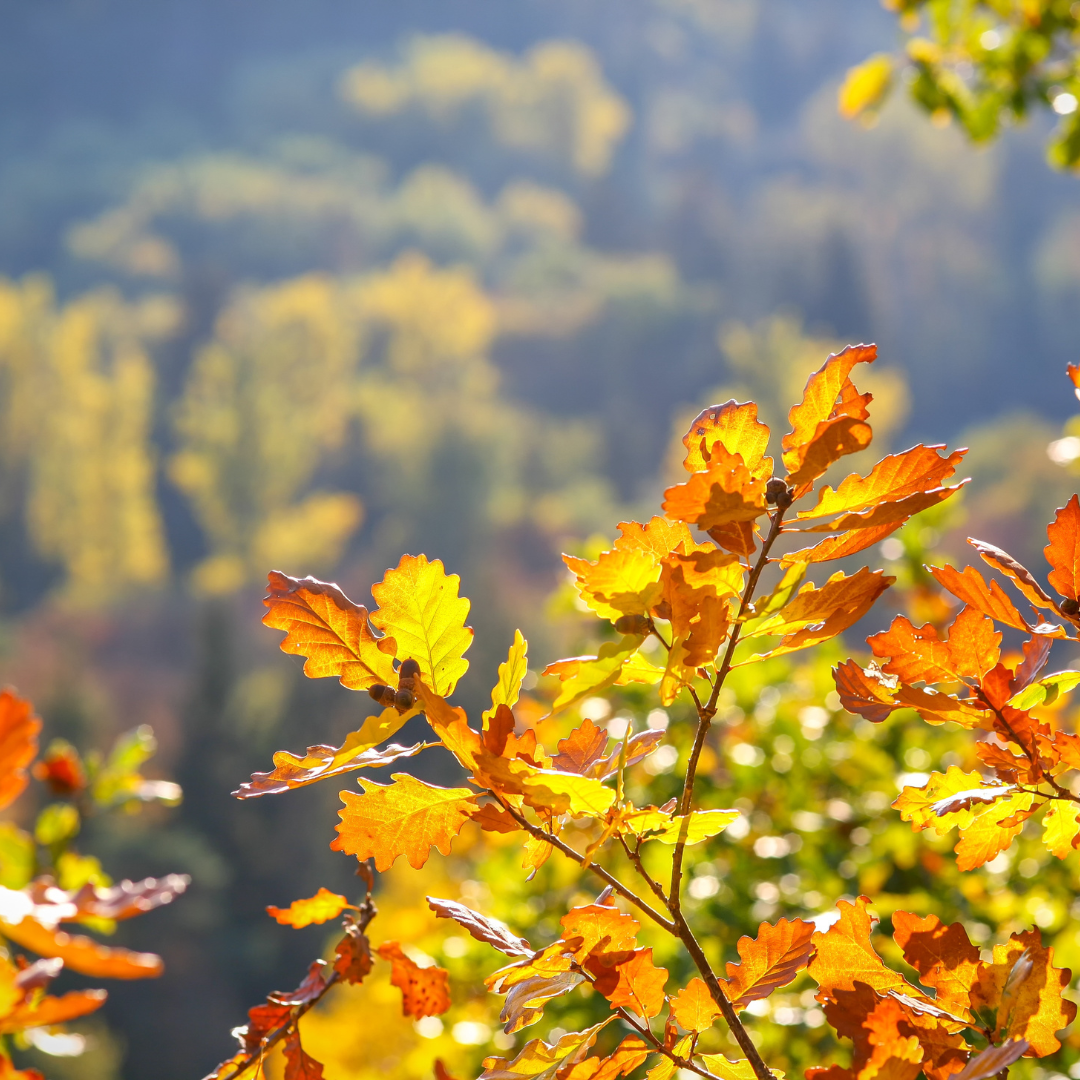In 2023, Maine faces a notable challenge – a significant die-off of our cherished oak trees. This phenomenon has sparked concern among both landowners and experts in forestry. In this blog, we aim to clarify the reasons behind the problems affecting oaks, guide you on identifying and tackling them, and discuss the pivotal role of timber harvesting services, like Day Logging, in managing and mitigating the impact of these diseases on our oaks.
Understanding the Oak Tree Die-Off in Maine
Why Are Oaks Dying in Maine?
Maine’s oak trees, a vital component of our state’s lush landscapes, are facing a threat, causing them to wither away – but what’s behind this alarming die-off? Two primary culprits have been identified in other areas of the country: Sudden Oak Death and Oak Wilt Disease. These diseases are not just names; they are significant threats to our oak populations, causing visible distress and, ultimately demise of affected trees. Drawing insights from the USDA’s Oak Wilt Disease guide, we learn that Oak Wilt Disease is a fungus that obstructs the tree’s water-conducting system, leading to wilting and, eventually, death. However, these scary arboreal diseases are not known to be present in Maine at this time. You can monitor the Maine Forest Service website for the latest news on various invasive threats.
The most significant threat to our oaks is the Lymantria dispar or Sponge Moth, formerly the gypsy moth. Introduced from Europe in 1869, this pest has become a menace in the Northeastern United States. During favorable conditions, outbreaks of these moths can appear suddenly and last for two to five years in a location.
These moths lay eggs in clusters, which hatch into caterpillars that feed on the foliage of oak trees, leading to severe defoliation. Notably, white oak is particularly vulnerable to this pest. In large numbers, the wandering caterpillars and their droppings can become a nuisance, especially in wooded areas.
Management strategies include scraping off the egg clusters during fall and winter or using insecticides in May and June to control the caterpillars. For more details on this pest and its management, refer to the Maine Forest Service’s guide on Lymantria dispar.
Understanding the causes and signs of these diseases is the first step in addressing the issue. As we delve deeper, we’ll explore how you, as a landowner, can identify affected trees, take appropriate actions, and work with experienced services like Day Logging to safeguard the health of your oak trees and the surrounding environment. Stay tuned for practical advice, useful information, and insights on maintaining the well-being of Maine’s oak landscapes.
Identifying and Dealing with Oak Die-Off
Though it’s not a problem in Maine, it’s worth learning about oak diseases in case it becomes an issue in the future, as the changing climate and spread of arboreal diseases leave the future uncertain.

Symptoms and Signs of Oak Disease
Recognizing the early signs of oak diseases is crucial for protecting your trees. So, what should you be on the lookout for? Key symptoms include discoloration of leaves, wilting, and other visible signs of distress in your oak trees. These symptoms are the trees’ way of signaling that something’s amiss.
For a more detailed look at the symptoms of Sudden Oak Death, the Sudden Oak Death website is a valuable resource. It provides comprehensive information on identifying the disease, helping you distinguish between a healthy oak and one under the weather.
Proactive Measures for Landowners
Being proactive can make all the difference in the health of your oak trees. Regular monitoring of your trees for any signs of disease is essential. Early detection allows for timely intervention, which can be pivotal in preventing the spread of disease to other trees.
What should you do if you suspect your oak tree is diseased? Reach out to forestry experts and services for an assessment and advice. They can provide the guidance and support needed to address the issue effectively. With our wealth of experience and commitment to sustainable forestry, Day Logging is here to assist you every step of the way.
The Role of Timber Harvesting in Managing Diseased Oaks
Harvesting as a Control Measure
When managing diseased oaks, timber harvesting plays a significant role. Selective cutting and other harvesting methods are not just about removing trees; they are strategic measures to prevent the spread of disease and promote overall forest health. By isolating and removing affected oaks, we can protect the healthy ones and maintain the balance of our forests.
At Day Logging, we bring over 30 years of experience in timber harvesting in Maine and New Hampshire. Our methods are tried and tested, focusing on the well-being of your trees and the surrounding environment. We understand the nuances of dealing with diseased oaks and are here to guide you through the process, ensuring the health and vitality of your land.
Sustainable Logging Practices
In every harvesting project, adhering to sustainable practices is at the forefront of our approach. We believe in balancing ecological, social, and economic values to ensure that our actions today do not compromise the health of our forests for future generations. Sustainability is not just a buzzword; it’s a commitment to responsible stewardship of our natural resources.
Day Logging is steadfast in our commitment to sustainable forestry and forest management planning. We work with landowners to develop and implement strategies aligning with environmental conservation and landowner objectives. We aim to help you manage your oaks effectively while preserving the richness and diversity of Maine’s landscapes.
Working with Day Logging to Deal with Oak Die-Off
Selective Logging Expertise and Services
 When facing challenges like the oak tree die-off, having a reliable and experienced partner is invaluable. Day Logging offers a range of services, including wood and timber harvesting, lot clearing, and trucking, tailored to meet the unique needs of Maine landowners. Our family-owned business has been operating for over 30 years, building a legacy of trust and commitment to sustainable forestry in Maine.
When facing challenges like the oak tree die-off, having a reliable and experienced partner is invaluable. Day Logging offers a range of services, including wood and timber harvesting, lot clearing, and trucking, tailored to meet the unique needs of Maine landowners. Our family-owned business has been operating for over 30 years, building a legacy of trust and commitment to sustainable forestry in Maine.
Working with Day Logging means benefiting from our wealth of knowledge, hands-on experience, and dedication to the land and the people we serve. We understand the intricacies of managing diseased oaks and are equipped to provide solutions that align with the well-being of your trees and the broader ecosystem.
Contact Day Logging for Help with Oak Die-Off in Maine
If you’re seeking more information or need assistance with your oak trees, we encourage you to reach out to Day Logging. We’re here to answer your questions, provide expert advice, and offer timber harvesting services in both Maine and New Hampshire. Let’s work together to address the challenges and ensure the health and vitality of your land.
The Bottom Line
Addressing the oak tree die-off in Maine is necessary for landowners who value their timber; we all share a responsibility to maintain ecological balance and forest health. Staying informed, adopting proactive measures, and partnering with experienced loggers like Day Logging are key steps in this journey.
Together, we can play a significant role in managing and mitigating the impact of oak diseases, preserving the beauty and diversity of Maine’s landscapes for generations to come.
